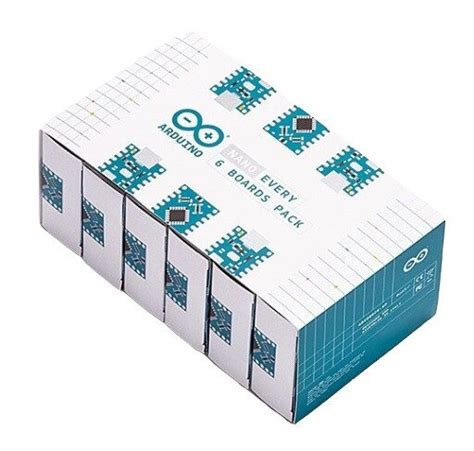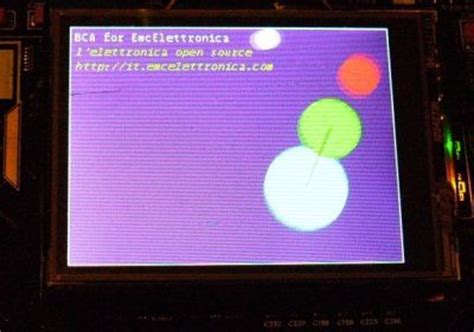
EP3C40F780C8N Supported Psueudo Differential IO Standards
Introduction to Pseudo-Differential IO Pseudo-differential IO is a type of input/output standard that combines the benefits of both single-ended and differential signaling. It provides a[…]

DB31 Altera Cyclone II Daughter Board
Introduction to the Cyclone Daughter Board The DB31 Altera Cyclone II Daughter Board, also known as the Cyclone Daughter board, is a powerful and versatile[…]

Daughter Boards
What are Daughterboards? A daughterboard, also known as a mezzanine board or piggyback board, is a printed circuit board (PCB) that connects to and extends[…]

Daughter Board Power and Program LEDs
Introduction to Daughter Board LEDs Daughter boards, also known as expansion boards or add-on boards, are essential components in electronic systems that provide additional functionality[…]

Common ESD Prevention Techniques
Understanding Electrostatic Discharge (ESD) Before diving into ESD-prevention techniques, it’s essential to understand what ESD is and how it occurs. Electrostatic discharge is the sudden[…]

Altium Instrument Dashboard How Instruments are Displayed
Introduction to the Altium Instrument Dashboard The Altium Instrument Dashboard is a powerful feature within Altium Designer that allows users to visualize and interact with[…]

What is NanoBoard 3000 Video Output
Understanding the NanoBoard 3000’s Video Output Supported Video Interfaces The NanoBoard 3000 supports several video output interfaces, ensuring compatibility with a wide range of displays[…]

What is NanoBoard 3000 User IO Headers
Introduction to NanoBoard 3000 and User IO Headers The NanoBoard 3000 is a versatile and powerful development board designed for engineers, hobbyists, and enthusiasts who[…]

What is NanoBoard 3000 RGB User LEDs
What are RGB LEDs? Before we dive into the specifics of the NanoBoard 3000’s RGB user LEDs, let’s first understand what RGB LEDs are. RGB[…]

What is NanoBoard 3000 PS2 Keyboard and Mouse Ports
What are PS2 Keyboard and Mouse Ports? PS2 (Personal System/2) is a standard interface for connecting keyboards and mice to a computer. It was introduced[…]